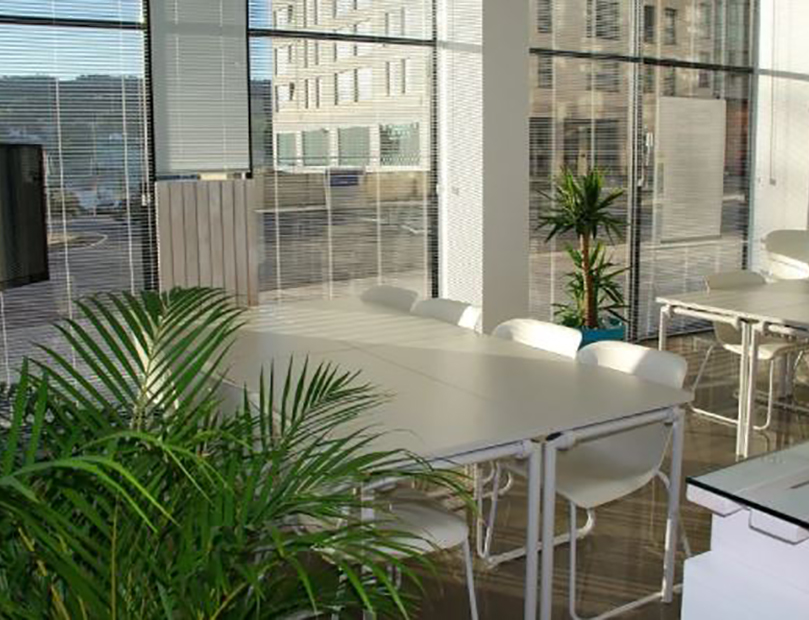COVID-19 Trends of the Week: Sept. 14-18
Retail conversions will be complicated. Office flexibility becomes fundamental. Will corporate tenants follow Millennials to the suburbs? These are the trends that shaped coronavirus coverage this week.
The Federal Reserve announced this week that interest rates will likely remain near zero through 2023 to allow the virus-stricken economy an opportunity to recover.
1. What to do with all that retail space?
Retail malls are usually located at the crossroads, near residential communities and major highways, and they have plenty of parking. So, wouldn’t they make good apartments, logistics centers or offices? With an increasing number of retail anchors and apparel sellers throwing in the towel, creative investors are suggesting all different uses for America’s shopping centers. While these conversions may seem to be the ideal solution for today’s over-retailed world, it’s complicated from both a leasing and a structural perspective.
Retail-to-Logistics Conversions Won’t Be Quick or Easy: Prologis
Commercial Property Executive
Can Multifamily Breathe New Life Into Retail?
Multi-Housing News
Green Bay Is Exploring Whether the City Should Buy the Struggling East Town Mall. Here’s Why.
Green Bay Press Gazette
2. Offices may be empty, but flex spaces are refilling and opening.
Corporate America hasn’t decided how much space they are going to need in the future, but they do know they want it to be flexible and highly amenitized. Flexible office companies and related service providers are seizing the redefinition of office occupancy (and the need for social distancing) by opening new locations, welcoming different types of tenants and partnering with traditional office providers.
Cushman, Industrious Team up to Launch Property Management Venture
Connected Magazine
Pair of Former JLL Brokers Launch Flexible Office Firm
Costar.com
Former Newport Barnes & Noble to Become “The Exchange”
River City News
WeWork’s Turnaround Effort Wins Analyst’s Praise
Barron’s
3. Millennials move to the suburbs since coronavirus…and before.
The shift to greener, less dense pastures had started before the pandemic, as Millennials were beginning to purchase their first homes. The virus has accelerated that trend, and Starbucks and Amazon are following with major new expansions in the suburbs. The question is: Will corporate tenants decide to reside in the urban core or the spacious burbs?
What We Actually Know About How Americans Are Moving During Covid
Bloomberg
Why Starbucks Is Shifting Its Attention to the Suburbs
Restaurant Business Online
COVID-19 Pandemic Will Accelerate Suburban Chicago’s Office Renaissance
REJournal
Demand for Urban vs. Suburban Housing Remains Even (unless you’re in SF)
The American Genius








You must be logged in to post a comment.